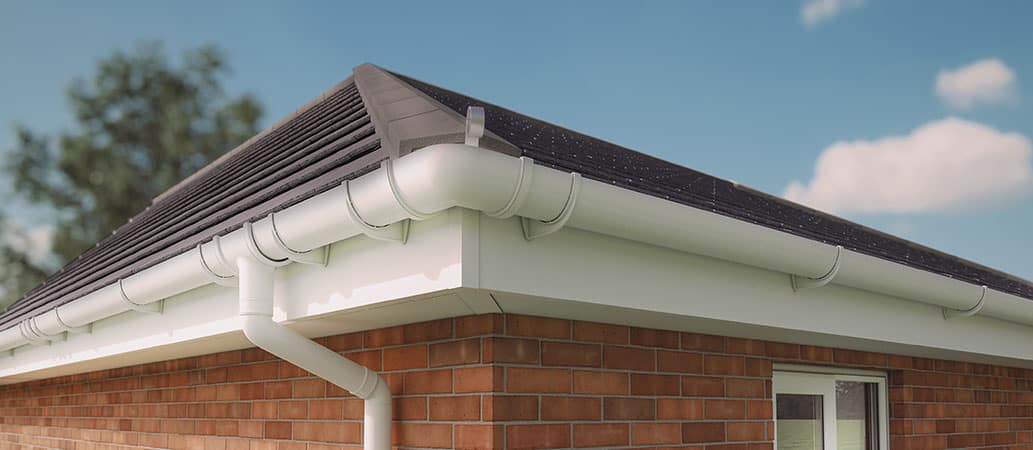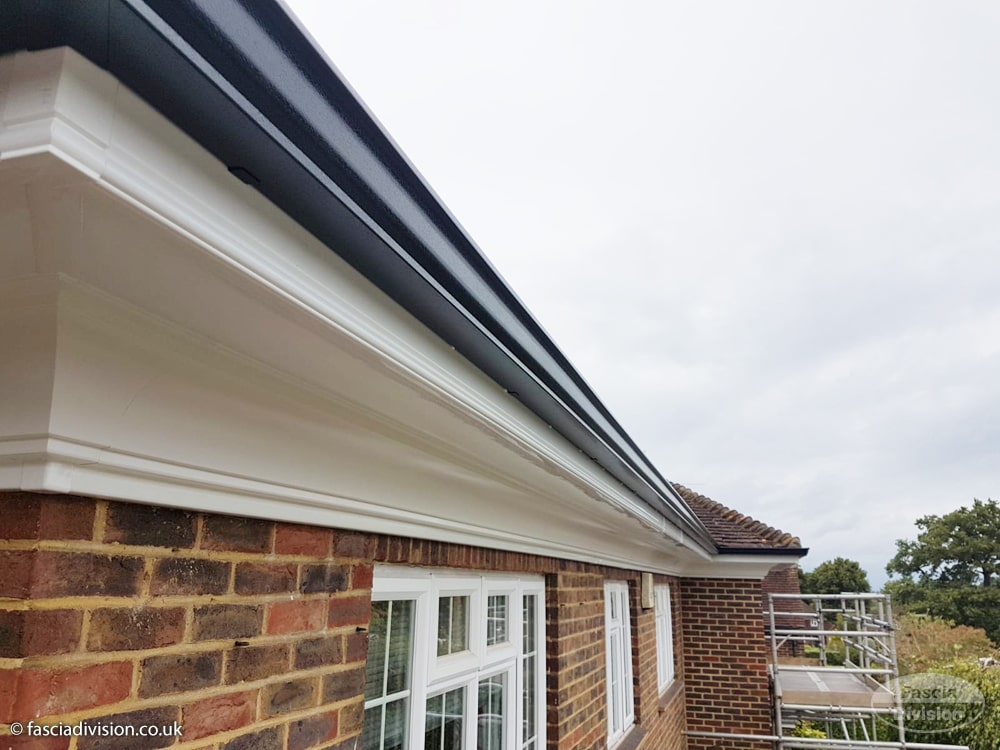This company has no active jobs
0 Review
Rate This Company ( No reviews yet )
About Us
The History Of Fascia And Soffit Specialists

Understanding Soffit and Cladding: Importance, Types, and Installation
Soffit and cladding are two necessary parts of a structure’s exterior that often go unnoticed however play an important role in both looks and performance. While soffit refers to the material that covers the underside of eaves or overhangs, cladding refers to the product applied to the exterior of a structure to provide it with a protective layer and an aesthetically enticing surface. This comprehensive article will explore the types, value, advantages, installation, and frequently asked questions relating to soffit and cladding.
Value of Soffit and Cladding
Both soffits and cladding serve considerable functions for building and architectural design:
Soffit
- Ventilation: Adequate soffit ventilation allows for airflow in the roofing system area, which assists control temperature level and humidity, reducing the risk of mold and rot.
- Security: Soffits protect the rafters and eaves from water damage and insect problem.
- Visual Enhancement: Well-designed soffits boost the total look of a structure, providing a finished appearance to roofing system overhangs.
Cladding
- Insulation: Cladding helps to insulate the structure, enhancing energy efficiency by keeping interior temperatures.
- Weather Resistance: It protects the building from elements such as rain, wind, and snow.
- Aesthetic Appeal: With a variety of products offered, cladding permits architects to produce visually sensational exteriors.
- Maintenance: High-quality cladding decreases the requirement for frequent maintenance and repairs.
Kinds of Soffit and Cladding
Soffit Types
Soffits can come in various products, including:
- Vinyl: Known for its low maintenance and weather-resistant homes.
- Aluminum: Durable and resistant to deterioration but might dent easier.
- Wood: Offers aesthetic appeal however requires regular maintenance and treatment for weather resistance.
- Fiber Cement: Combines sturdiness with the look of wood, resistant to rot and pests.
Cladding Types
The choice of cladding materials can considerably affect both visual appeals and functionality. Common types include:
- Vinyl Cladding: Cost-effective, light-weight, and readily available in various designs and colors.
- Wood Cladding: Naturally beautiful, but demands regular treatment and maintenance.
- Brick: Extremely durable and fire-resistant however more expensive and needs professional installation.
- Stone and Stone Veneer: Offers a classic appearance and unrivaled toughness, perfect for upscale homes.
- Fiber Cement: Mimics wood or masonry with a fraction of the maintenance, resistant to weather and insects.
- Metal Cladding: Often utilized in modern-day styles, provides an industrial appeal and considerably resists weathering.
Comparison of Soffit and Cladding Materials
The following table outlines the essential functions and attributes of various soffit and cladding products:
| Material | Maintenance | Sturdiness | Aesthetic Appeal | Expense | Insulation Property |
|---|---|---|---|---|---|
| Vinyl Soffit | Low | Medium | Excellent | Low | Low |
| Aluminum Soffit | Medium | High | Fair | Medium | Low |
| Wood Soffit | High | Low to Medium | Exceptional | Medium | Low |
| Fiber Cement | Low | High | Excellent | Medium | Medium |
| Vinyl Cladding | Low | Medium | Excellent | Low | Medium |
| Wood Cladding | High | Medium | Exceptional | Medium | Medium |
| Brick Cladding | Low | High | Excellent | High | High |
| Stone Veneer | Medium | High | Outstanding | High | High |
| Metal Cladding | Low | High | Fair to Excellent | Medium to High | Low |
Installation of Soffit and Cladding
The installation process of soffit and cladding differs depending on product choice and regional building regulations. However, understanding the general actions included can be practical:
Steps for Installing Soffit
- Preparation: Gather all tools and materials needed, including panels, nails, and safety equipment.
- Measurement: Measure the area properly to cut soffit panels to the correct size.
- Ventilation: Ensure appropriate airflow by integrating vents where required.
- Installation: Attach the panels starting from one side, ensuring they fit correctly into the recognized structure.
- Finishing Touches: Seal any spaces for insulation and visual appeals.
Actions for Installing Cladding
- Structure Setup: Create a robust structure using vertical battens if required.
- Insulation: If insulating, install insulation boards before cladding.
- Cutting Panels: Measure and cut cladding panels based upon style specifications.
- Attachment: Secure panels utilizing proper fasteners, making sure positioning and level.
- Sealing: Seal joints and edges for weather resistance.
Regularly Asked Questions (FAQs)
1. What is the typical lifespan of cladding products?
The lifespan differs widely among products:
- Vinyl: 20-40 years
- Wood: 10-30 years (with maintenance)
- Brick and Stone: 50+ years
- Fiber Cement: 25-40 years
2. Is soffit installation required?
Yes, soffit installation is necessary for proper ventilation and securing the roofing structure from weather damage, insects, and rot.

3. Can soffit be set up without cladding?
Yes, soffit can be set up individually. However, it is normally installed in combination with cladding for improved looks and security.
4. What elements should be thought about when selecting cladding?
Essential elements consist of:
- Desired visual
- Climate considerations
- Spending plan restrictions
- Maintenance requirements
- Energy efficiency
5. Can I set up soffit and cladding myself?
While DIY installation is possible for those with adequate abilities, employing professionals ensures quality craftsmanship and compliance with building regulations.
Soffit and cladding are critical components of a building’s outside that substantially impact looks, performance, and energy performance. Comprehending their types, benefits, and installation procedures can aid homeowners and home builders in making notified decisions. Whether using vinyl, wood, or fiber cement, picking the right materials and making sure correct installation will improve the longevity and appeal of any structure while maintaining its protective qualities.


